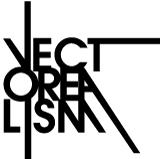
Start your project
You must use ours design template to create your design.
After downloading the templates, open with AutoCAD or DraftSight the format you prefer, as if it were a normal template.
You can design for laser cutting in one of five different material formats:
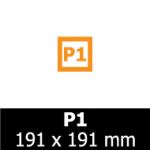
P1
useful size:
181 x 181 mm
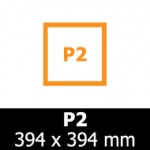
P2
useful size:
384 x 384 mm
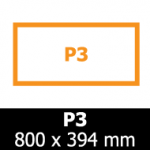
P3
useful size:
790 x 384 mm
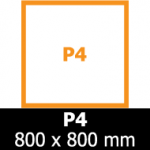
P4
useful size:
790 x 790 mm
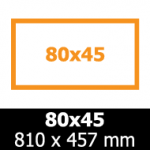
80×45
useful size:
800 x 450 mm
available only for
felt and cardboard
How to draw for the laser
The color used for the drawn lines determines what the laser will do, whether it is a cut or an engraving.
For example, if you're designing a little bird with a blue outline, the laser will cut a little bird ...
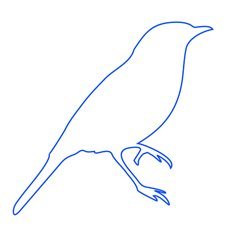
If you convert the same lines in red, the laser will engrave the bird on the chosen material, and so on.
It's that easy!
Now let's get to the details ...
How our Rhinoceros templates work
Templates are in millimeters and in 1: 1 scale.
The layers are already set with the colors and the correct thickness of the tracks to "communicate" with the laser. To draw a shape to be cropped it is therefore sufficient to make the CUTTING layer current and draw on this layer. To add a vector engraving it will be necessary to draw on the corresponding layer.
In the template you will find two orange rectangles: the outer one corresponds to the actual format of the slab of material, while the innermost perimeter corresponds to the area actually used for laser cutting.
All elements, cutting lines or incisions must be contained within the smaller perimeter.
The layer Design template is blocked: this level contains the template and it is not possible to insert other elements. DO NOT CANCEL the orange template before uploading the file! The orange lines are ignored by the laser and at the time of the production cost calculation, and serve as our reference.
Cutting lines
The basic part of your design are the shapes you will cut.
The easiest way to get an idea of how this will turn into your project is to imagine placing on a sheet of paper the pieces you would like to make, then trace their outline on the sheet with a pencil. Your file should remember that sheet with the lines drawn.
To obtain a cutting line, draw lines and shapes on the CUTTING layer.
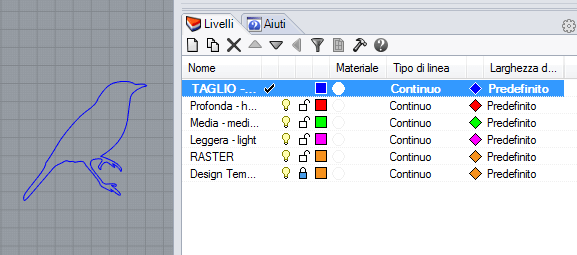
The properties of the layer are already set: the color is BLUE (RGB values 0,0,255).
Engraving of vector lines
The vector etching process is very similar to the cutting method, but instead of piercing the material, the laser only affects the surface.
The laser will move along the engraving lines in your drawing. There are three different levels of engraving available: light, medium and deep, each with a different intensity and therefore depth. All three incisions are drawn very precisely with subtle lines, roughly the same size as the laser beam.
Light vector engraving
Draw lines and shapes on the layer LIGHT of color magenta.

The properties of the layer are already set: the color is magenta (RGB 255, 0, 255).
Vector media engraving
Draw lines and shapes on the layer AVERAGE of color green.

The properties of the layer are already set: the color is green (RGB 0, 255, 0).
Deep vector engraving
Draw lines and shapes on the layer DEEP Red.

The properties of the layer are already set: the color is red (RGB 255, 0, 0).
Engraving of raster fills
Generally the incisions of raster fills are used for areas with backgrounds.
We do not recommend engraving elements that are smaller than 0.5mm in raster mode: it will not lead to good results.
The scale of the raster engraving goes from the black that corresponds to the most marked incision, up to the very light gray that will make the engraving lighter (or white, which corresponds to the null incision). You can use any grayscale between the two extremes, but remember that the three RGB values must be equivalent. Make sure you use solid and spot colors and no patterns or textures.
To obtain a more defined border in an area engraved with a raster pattern, combine the black or gray fill with a track corresponding to a vector engraving.
The Raster layer
The Raster layer is set to have an orange color (RGB 246, 146, 30): our system ignores this color, so the orange lines will not be calculated at the time of the quote and the laser will ignore them at the time of production.
The orange lines only serve to delimit the boundaries within which the fill should be inserted to create the raster engraving.
Engraving of light raster fills
Draw a closed shape on the Raster layer.
Use the command Filling (Hatch) (the button is located in the Technical Drawing palette, is indicated by 1 in the screenshot below. You can also write Fill in the command line) and select the shape in which to insert the raster fill.
Choose how to fill Solid to create a uniform fill (patterns are not allowed). Press Ok.
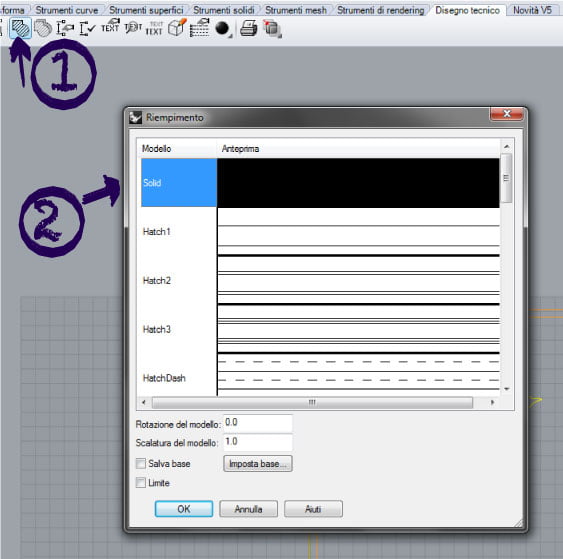
Now select the fill in your form. Be sure to select only the fill. The orange contour lines must NOT be selected.
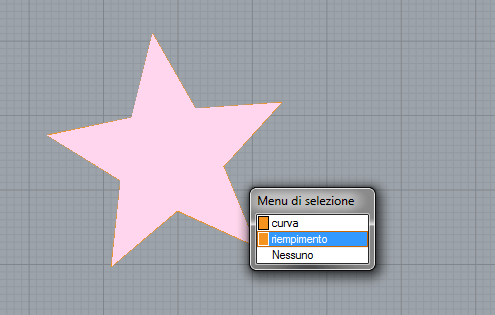
In the panel Object properties change the Display color (Display color) from the curtain.
Select Other to choose the color of the raster engraving.
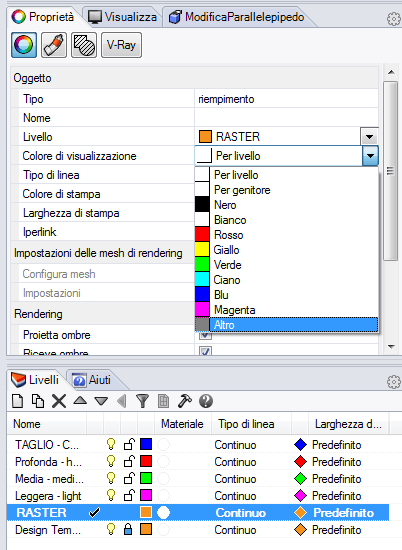
Enter as a value RGB 230, 230, 230.

Your shape will take on this aspect:
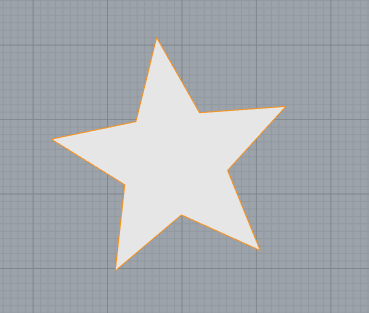
Engraving of medium raster fills
Draw a closed shape on the Raster layer and select a uniform solid fill, as explained above.
Choose from the fill color menu: the values are RGB 128, 128, 128.
Your shape will take on this aspect:
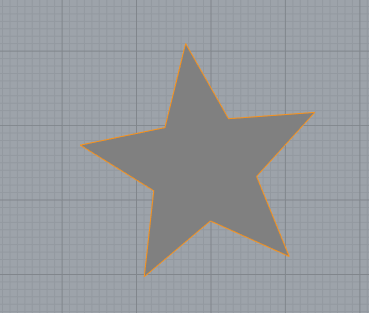
Engraving of deep raster fills
Draw a closed shape on the Raster layer and select a uniform solid fill, as explained above.
Choose from the Select colors> fill color menu Black (the values are RGB 0, 0, 0).
Your shape will take on this aspect:
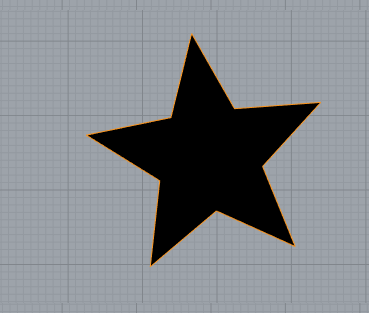
It is obviously possible to combine raster engravings with vectorial engravings: in practice, the laser will first create an area in raster mode, and then draw a contour. Simply combine a solid fill with the Hatch command to an element of any layer.
For example, a light gray fill (light raster) to an element of the deep vector engraving layer:
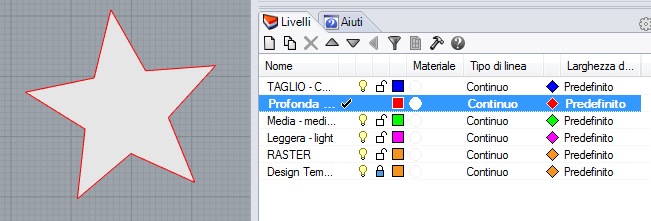
To use the text
All texts inserted in your design must be created as paths. In this way the laser will follow your drawing correctly, even without having the same installed font.
Use the tool Object testo (Text object) and select the option to create the text as Curve
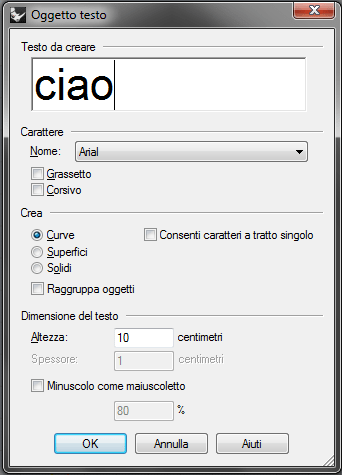
You can move the text on the layer to create the effect you prefer: with fills for raster engravings, lines for vector engravings, or a combination of the two types of incisions.
Save the file
Do not delete the Design Template layer or the orange contours of the template: these elements ensure that your file has been saved correctly, without scale problems.
Also make sure that all the elements are arranged on the desired layers!
Use the command File> Save As (Save as), choose a name for your file and from the dropdown select Autocad Drawing Exchange (* .dxf). Click on Options and as an export scheme choose DXF 2004 POLILINEE.
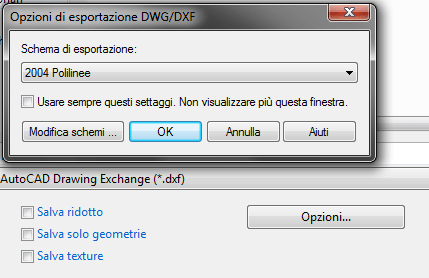
Now you are ready to upload a file
or read the FAQ
